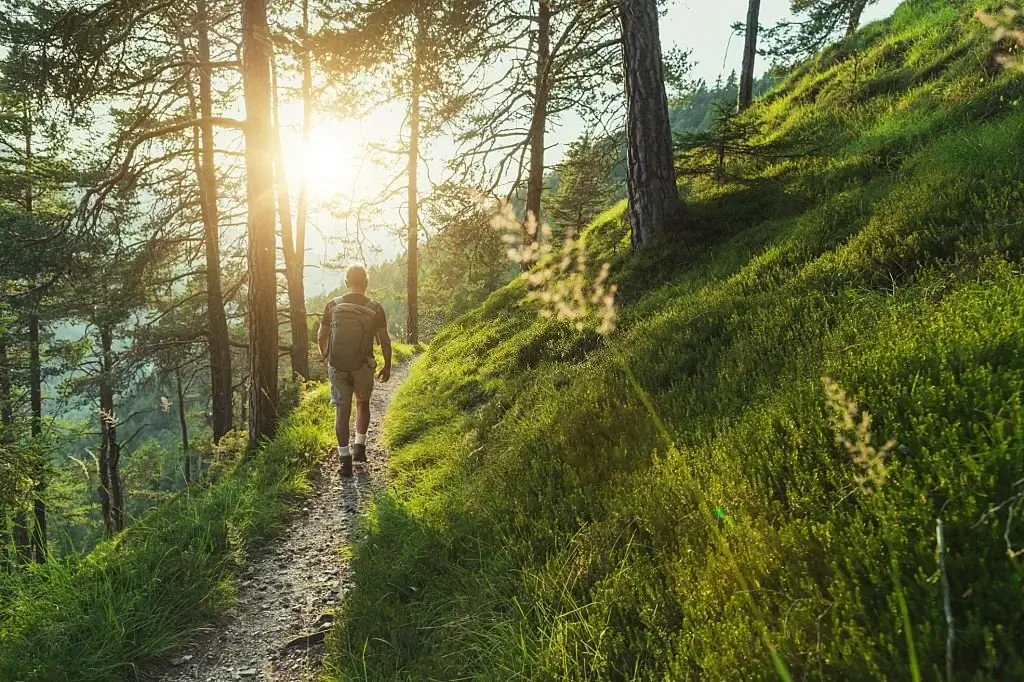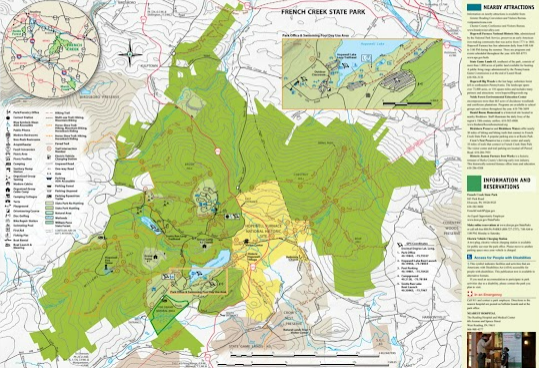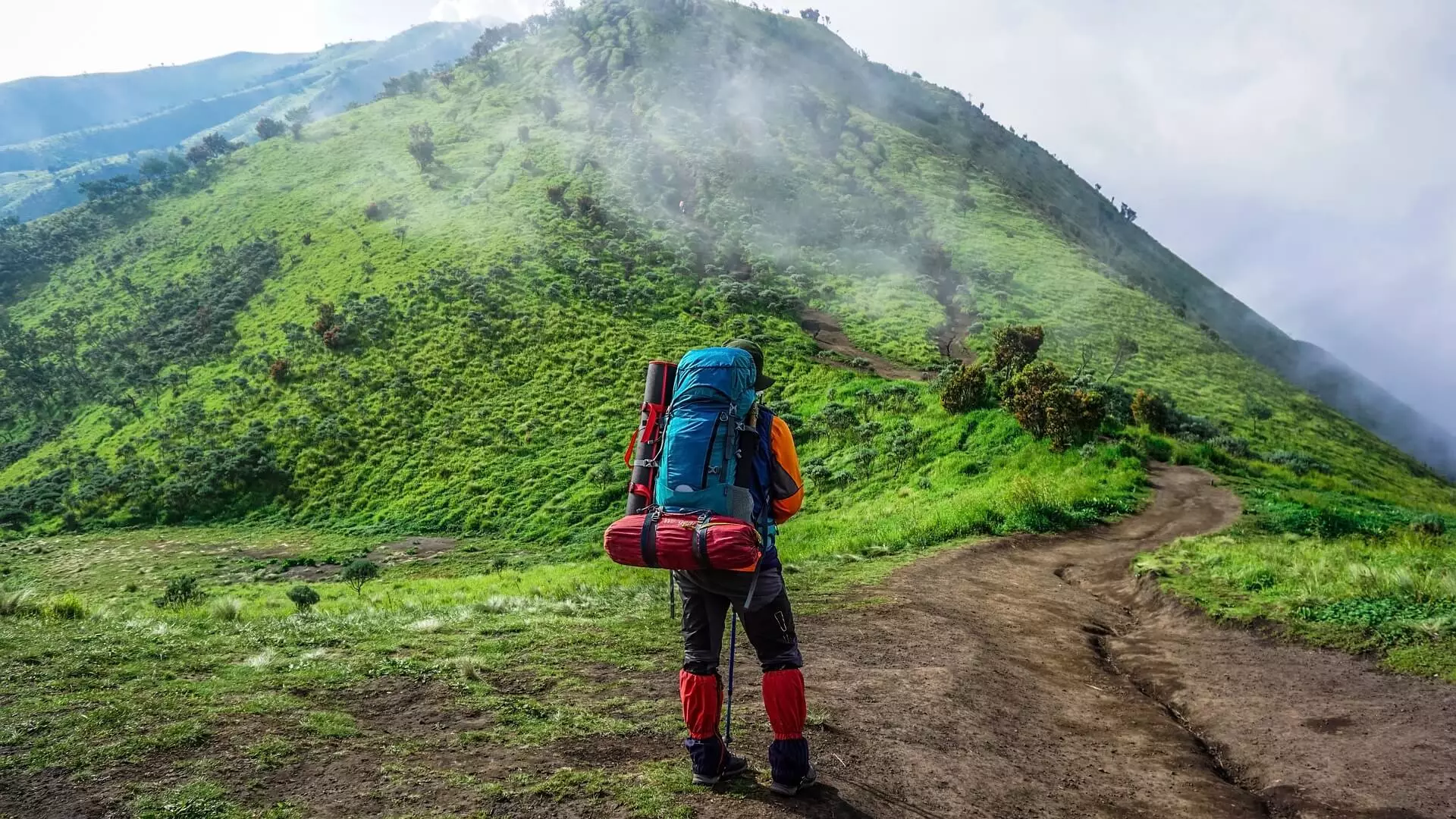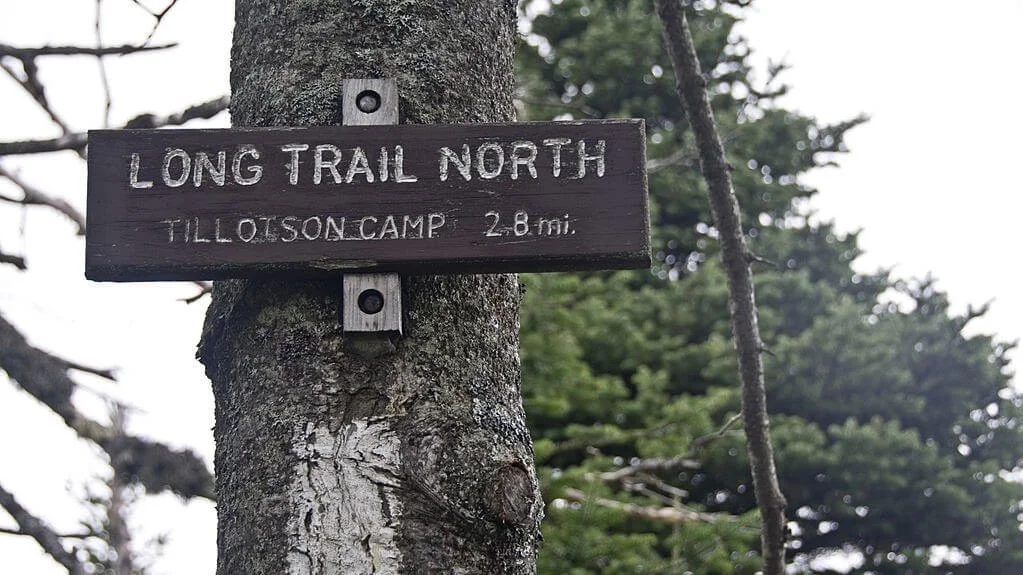- Camping Tips
- Hiking Tips
- RV Camping
- Destinations
- Blog
- Gear Reviews

Hiking can be a lot of fun, but there needs to be planning, proper equipment, and the right mindset before hitting a trail.
We will give you the best advice for starting your adventure in the world of hiking and having an enjoyable experience.
Contents
Hiking is a wonderful way to exercise while enjoying beautiful scenery and getting much-needed sunshine. Beginners through experts gain a multitude of benefits from hiking, so wanting to be part of this experience makes so much sense.
Walking along a trail can offer all the senses an opportunity to be engaged. This also holds true for balance and ensuring your body is in tune with the environment. Hiking helps you build stronger muscles and bones, as well as improving cardio performance and having better heart and respiratory health.
Pleasure walks from 18th Century Europe continue today all over the world. The U.S. and Canada prefer the term “hiking” while those in the U.K and Ireland use “walking” to describe a short jaunt in the park or a longer backpacking trip in the Alps. No matter what it’s called, spending time outdoors is a fun, meaningful activity.
As someone new to hiking, you should know the importance of preparation and equipment before setting on your journey.
REI offers a Day Hiking Checklist to help give guidance while preparing for a hike. As recommended in the checklist, it is important to have the proper basic gear like hiking boots, backpack, and appropriate clothing. We will get more involved in the equipment further in the article.
In this article, we will offer information on the following:

As a beginner, it is probably best to start with day hikes, getting used to being on trails, the terrain, which piece of equipment works best, and learning to navigate blazed marks. State parks are a great entryway into the hiking world as most offer maps, bathroom facilities, well-designated trails with their distances and difficulty ratings, and support from rangers or other personnel. Most state parks have websites to download maps and see the layout of trails that are offered. You can always check out YouTube for videos on hiking in a particular state park getting a lay-of-the-land.
When looking at the hiking trails, pay particular attention to the distance and difficulty. The trails usually have the total distance in miles, but be sure to note any overlapping with other trails. Sometimes there will be two or three trails overlapping certain areas, so be sure not to follow into longer paths taking beyond your route. Also, most trials will rate the difficulty with less difficult, more difficult, or most difficult. There will be some warnings as well should there be a need for caution on certain trails.
As with finding the right trail, it is just as important to remember this is a physical activity. You should know your limitations whether you have mobility issues and/or your cardio fitness levels. If you are not sure, start with a smaller trail on flat terrain to get a sense of your ability. There is always time to increase the distance and difficulty as you progress. Just be sure you are up to the challenge before taking it to the next level hiking.
Part of the physical activity will require you to replenish fluids, especially on a hot day. Having fresh drinking water on hand is paramount to any hiking essential. Sometimes we don’t realize just how much water loss happened while hiking. Just remember to stay hydrated and take breaks along the way when needed. Beginners and experts all know the importance of hydration.

The best place to start is with footwear. Majority of the hike will involve your feet and having the right footwear will give the best experience. You don’t have to spend a crazy amount of money, but a little research will go a long way in finding the right hiking boot for you.
Please keep the sneakers, trainers, running shoes, or whatever you call the shoes for other activities off the trail. When ascending or descending a hill, you’ll appreciate the importance of a good hiking boot, so take some time in finding the right one for you.
As with footwear, the right clothing can be beneficial while you hike. Check the weather forecast knowing what will be needed for proper clothing is important. A pair of comfortable pants that can wick moisture and repel water, socks to give support yet not too thick to make your feet sweat, base layer depending on the temperature followed by a moisture wicking shirt and jacket will be a good starting point.
A decent hiking backpack will be truly helpful in carrying other essentials. That is where you will have your rain poncho, backpack rain cover, first aid kit, sunscreen, snacks, fire starter, flashlight, multitool, and other items.
Depending how you prefer to keep your hydration, a water bottle or two could also go into the pack. My wife prefers the hydration bladders, as I like water bottles. No matter how you want to ensure hydration, the important thing is to remember to have enough water on hand to keep hydrated.
A couple of other pieces of gear to consider are trekking poles and a navigation system. Trekking poles have pros and cons, but overall can offer support while hiking. There is a link at the end of this article regarding trekking poles for more information.
Navigation is another consideration. Whether you have a digital compass or folding map, you need to know where you are going. I prefer to have a paper map, along with a pdf on my phone, as well as a basic compass. Bring along whatever makes you feel comfortable in ensuring a successful hiking trip.

In addition to essential gear, survival tips will help when the worst case scenario happens. You should consider some safety tips before hiking.

As stated in the beginning of this article, hiking is physical and it is important to keep your balance while navigating the trails. Proper posture will help with this so keep your pelvis forward, chin up, your eyes looking ahead of you, knees bent, and shoulders back. We often have our heads down with texting, laptops and other electronic devices, so practicing keeping your head up will be beneficial while hiking.
Be sure to know the trail and navigate it best by looking both ahead and occasionally down for any debris or other obstructions along the way. Paying attention is 70% of most navigational proficiency frequently keeping track of your location. This is where the planning will pay off noting landmarks and significant locations.
While hiking, remember to pace yourself and don’t consider this a race. It’s time to enjoy the walk and all the surroundings. Notice your breath in line with your strides keeping pace even during steep sections. The descent can be more difficult than climbing, so think about taking breaks going down too. Trekking poles can be very helpful in these situations.
A good start to hiking would be to go with a hiking group on your first excursions. There are many organizations that help bring groups together for hikes. I shop pretty frequently at REI and they have REI Experiences that allow you to find hiking events in your area. Having a group will assist in many ways, particularly if you need someone with a little more experience guiding the way and offering support.

Keep in mind these few mistakes that hiking beginners may make and please try to avoid these if at all possible.
Hiking has so many benefits for both physical and mental health. Just being outdoors can reduce stress and increase feeling good. As with any activity requiring being physical, it is important to know your own limitations and prepare for hiking as any other exercise.
Additionally, it is equally important to prepare before going out for your hike and have the proper gear. This can be the difference in having a truly pleasurable experience or one that puts you at risk.
I hope this article offers beneficial information helping you prepare for a rewarding experience hiking.
Welcome to one of the best adventures out there!
Be Safe!!!
Charlie Leone
Website Owner/Editor
Welcome to CampingManiacs